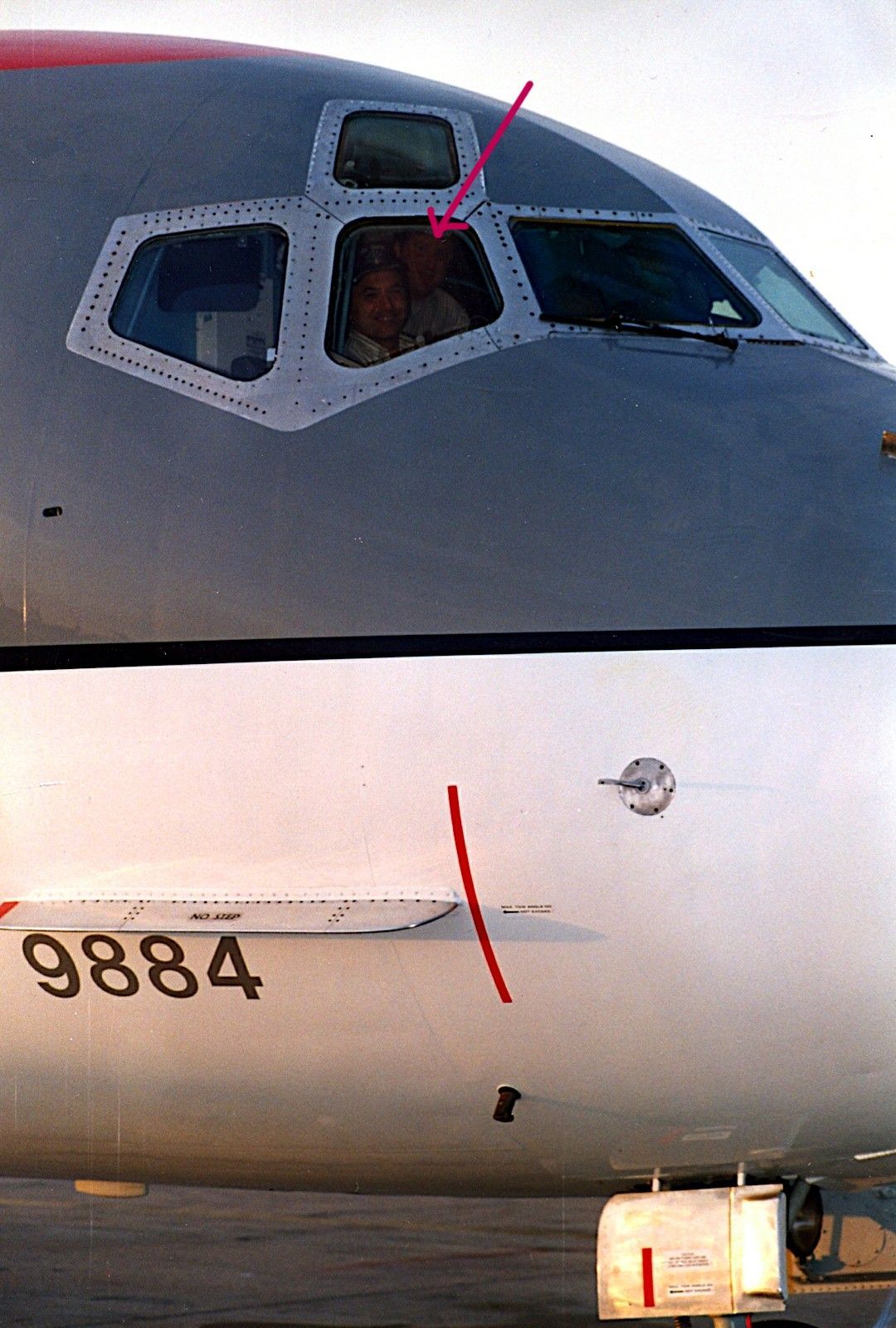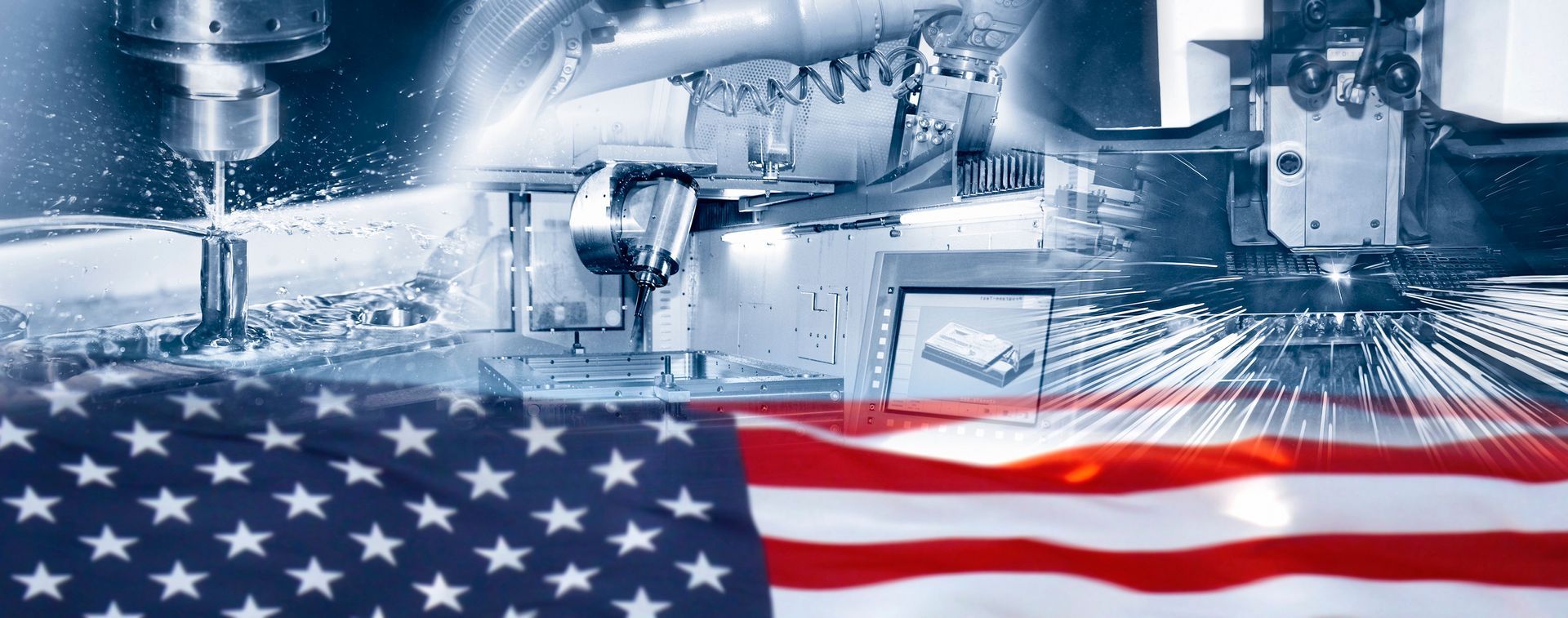choose the correct grade and temper of aluminum for your application
Aluminum, known for its light weight and formidable strength, is a vital material across numerous industries. Its versatility is further enhanced through the development of various grades and tempers, each tailored for specific applications. In this blog post, we'll explore some of the most common grades of aluminum—6061, 7075, 7050, 2024, and 5052—delve into the meaning of aluminum tempers, and highlight their example applications.
Understanding Aluminum Grades
6061 Aluminum
Regarded as the "all-rounder" among aluminum grades, 6061 aluminum boasts an excellent balance of strength, weight, and corrosion resistance, making it suitable for a broad range of applications. It's a part of the 6xxx series, which primarily combines magnesium and silicon, contributing to its versatility.
Applications: Widely used in construction for structural components, automotive parts, marine frames, and bicycle frames, 6061's adaptability makes it a go-to material for many engineering projects.
7075 Aluminum
As one of the strongest aluminum alloys available, 7075 is in the 7xxx series, which is known for adding zinc as the primary alloying element. This grade offers superior strength but less corrosion resistance compared to other aluminum alloys.
Applications: Its high strength-to-weight ratio makes 7075 ideal for highly stressed structural parts, aerospace applications, military equipment, and sports equipment like mountain bike frames.
7050 Aluminum
Another member of the 7xxx series, 7050 aluminum, emphasizes stress corrosion cracking resistance, making it preferable for applications where toughness is critical. It's especially noted for its high fatigue strength.
Applications: 7050 is primarily used in the aerospace industry, particularly for aircraft structures that require robustness without compromising on weight.
2024 Aluminum
2024 aluminum is distinguished by its high strength and excellent fatigue resistance. As part of the 2xxx series, copper is the main alloying element in this grade, which enhances its strength but may reduce its corrosion resistance, necessitating protective coatings for certain applications.
Applications: It's extensively used in aircraft structures, rivets, missile components, and other high-stress applications.
5052 Aluminum
Falling into the 5xxx series, which primarily uses magnesium as the alloying element, 5052 aluminum is highly valued for its weldability, strength, and especially its exceptional corrosion resistance.
Applications: This grade is commonly found in marine environments, automotive parts, home appliances, and architectural facades.
Deciphering Aluminum Tempers
Aluminum tempers refer to the heat treatment and mechanical processes that aluminum undergoes to achieve specific properties like hardness, strength, and ductility. These are denoted by a series of letters and numbers following the grade, such as 6061-T6, where "T6" indicates the type of tempering process.
- T6 Temper: This is one of the most common tempers, involving solution heat treatment and artificial aging. It's designed to maximize strength and hardness.
- O Temper: Indicates annealed aluminum, making it highly ductile and suitable for complex forming processes.
- H Tempers: Refer to strain-hardened aluminum, which can range from slightly to severely strain-hardened depending on the subsequent number (e.g., H1, H2).
Concluding Thoughts
From aerospace and automotive to construction and consumer goods, the different grades and tempers of aluminum serve as the backbone of innovation across industries. Each grade and temper combination unlocks new possibilities, offering engineers and designers the flexibility to optimize their projects for strength, weight, corrosion resistance, and cost.
Whether it's the structural integrity of 7075 in aerospace design, the versatile appeal of 6061 in consumer electronics, or the exceptional corrosion resistance of 5052 in marine applications, aluminum continues to prove its invaluable role in pushing the boundaries of what's possible.


